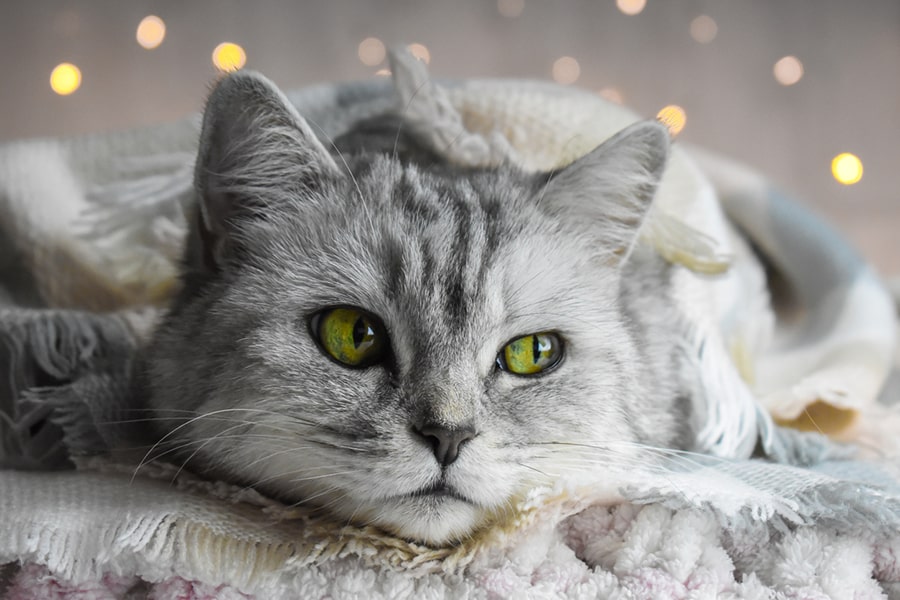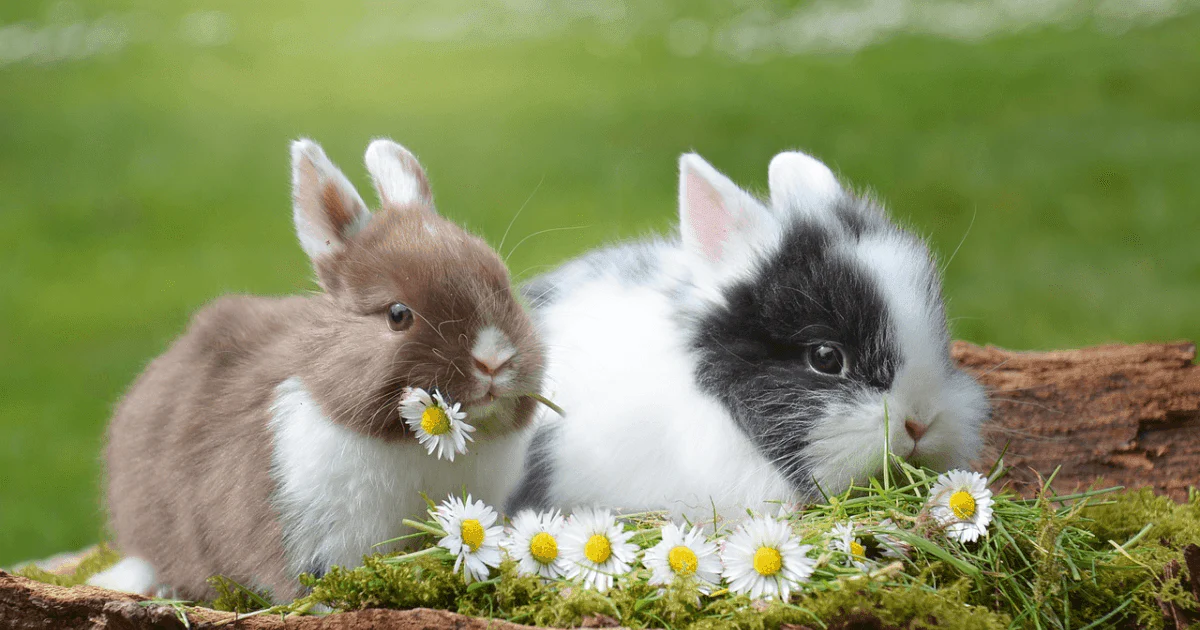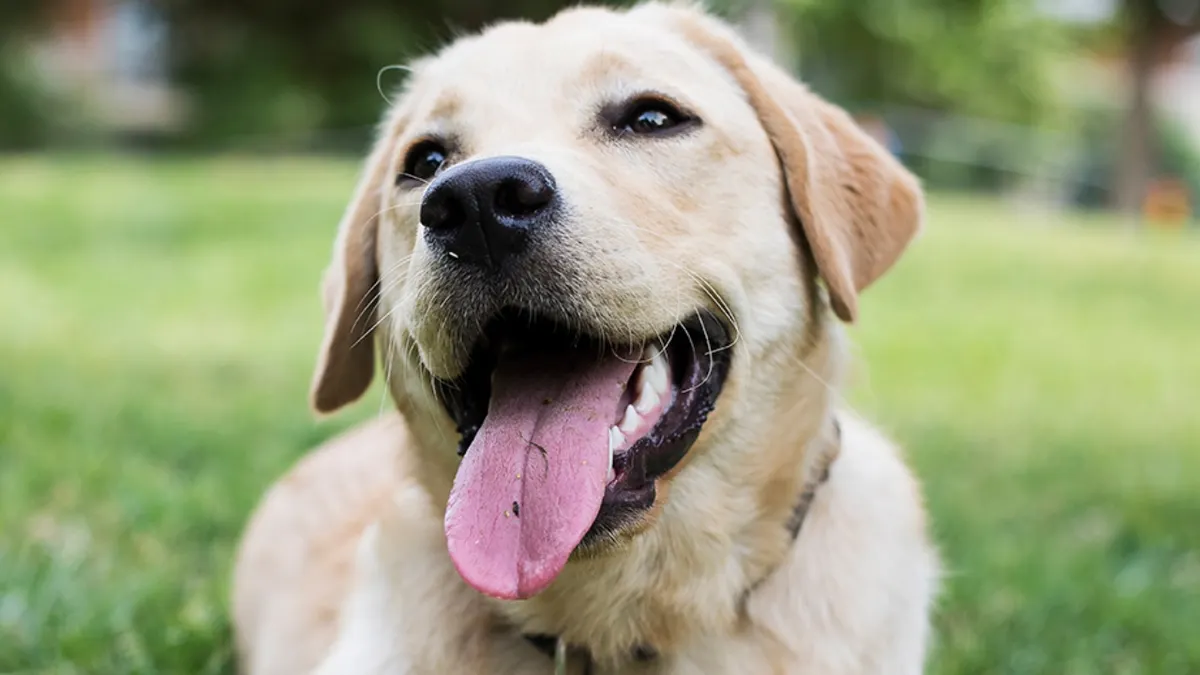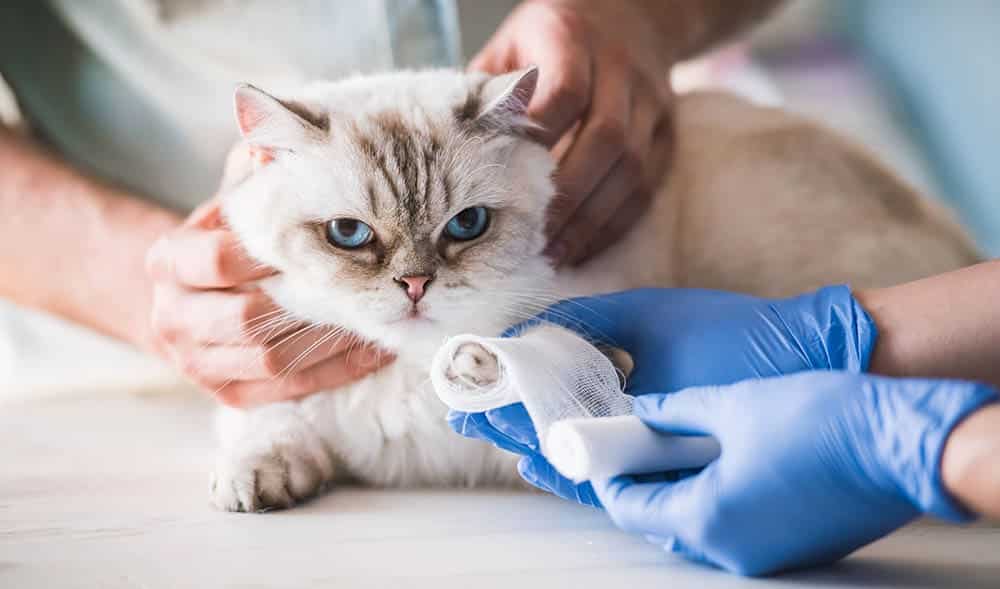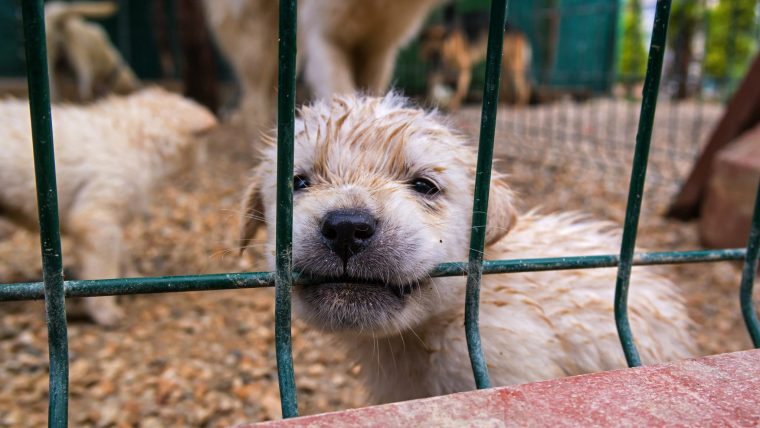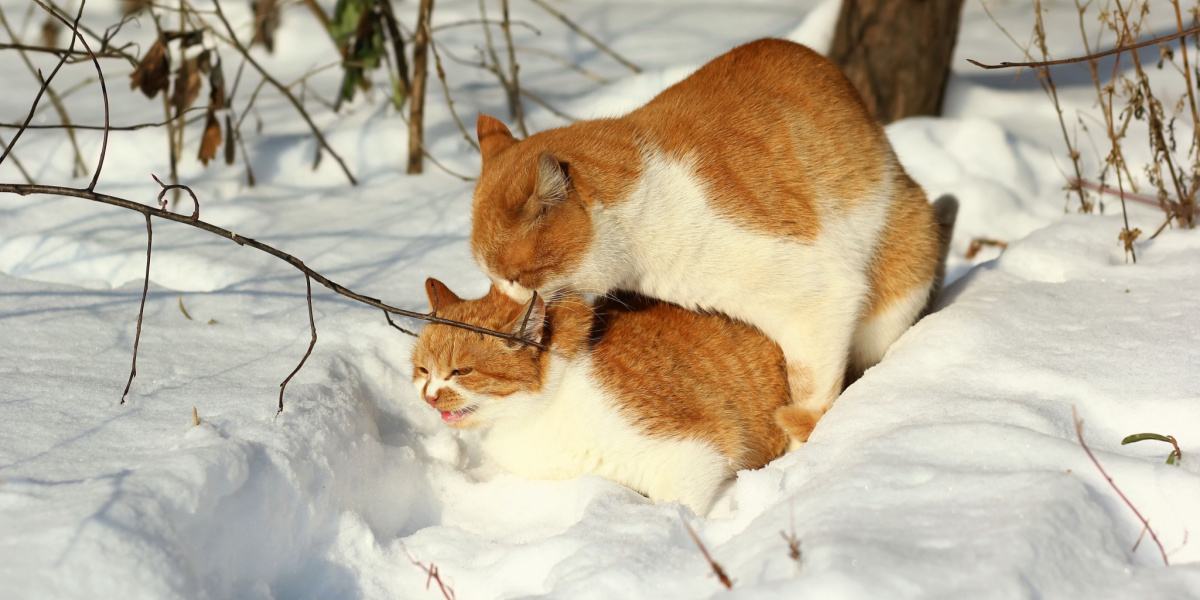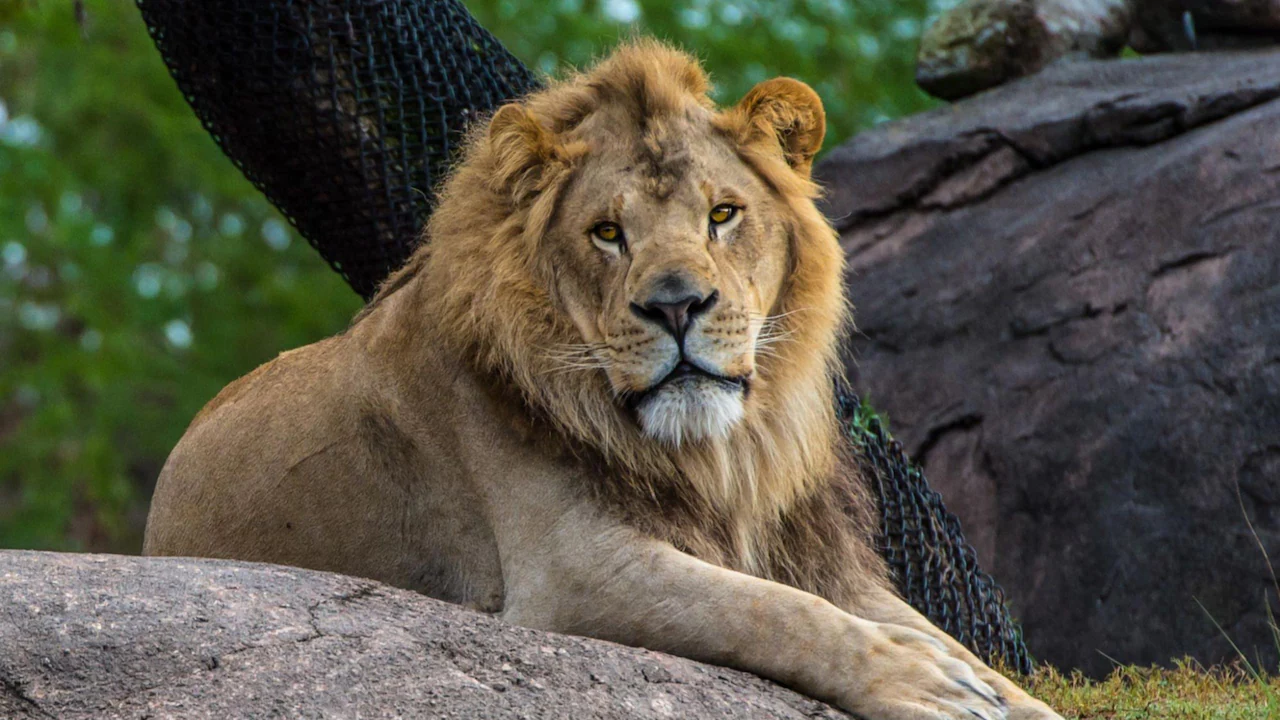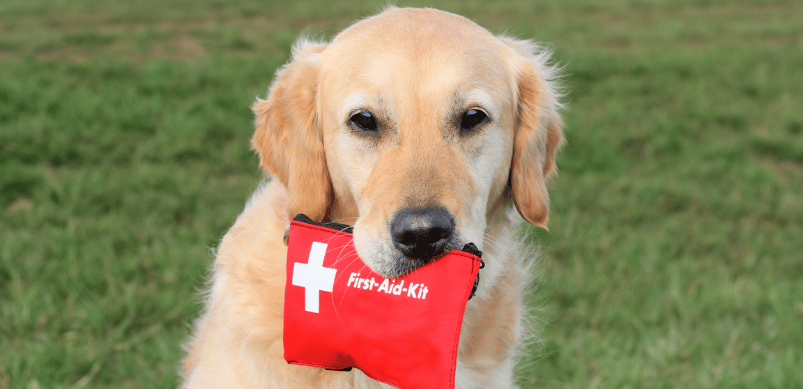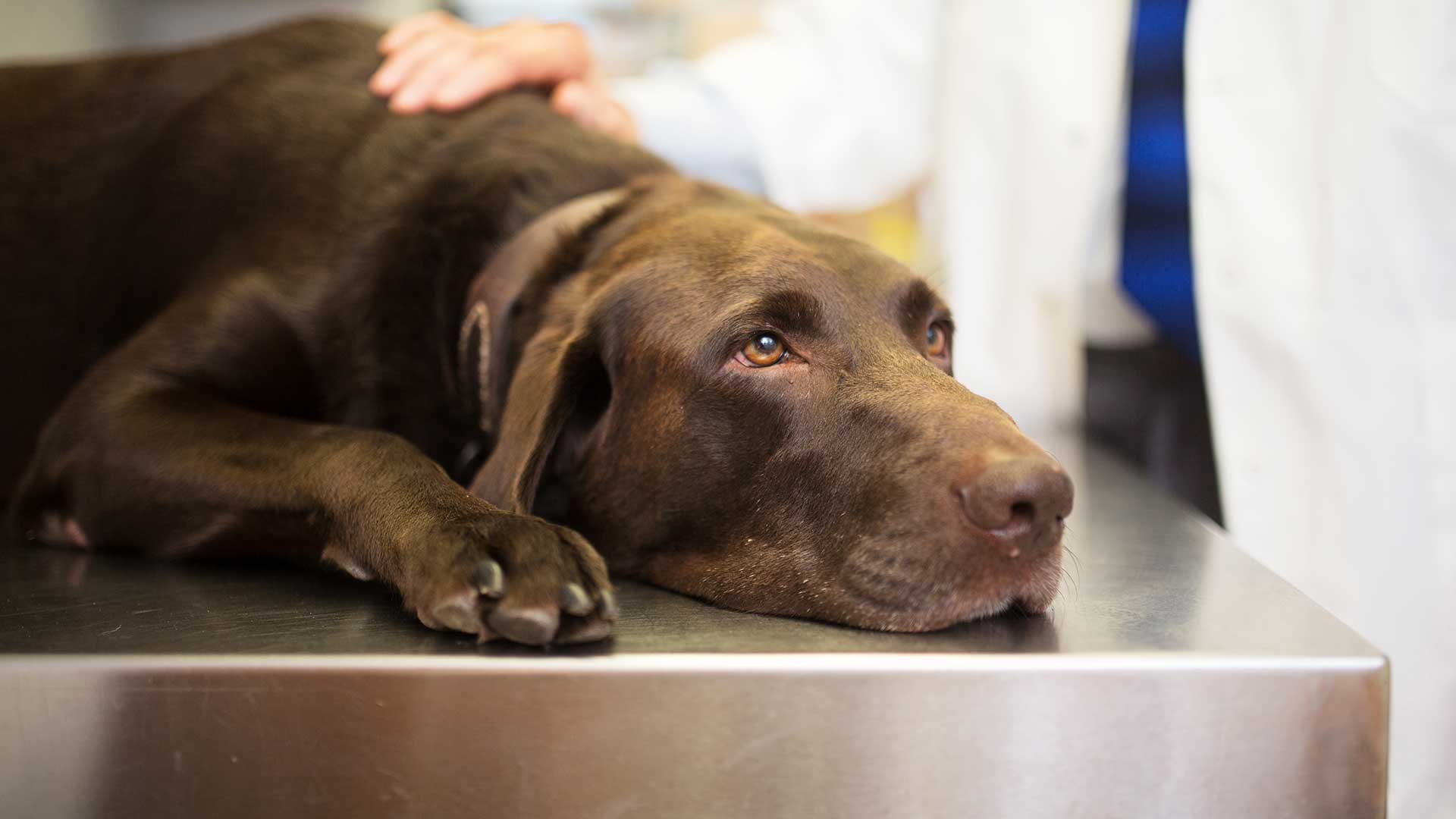Cats are masters of mystery, often hiding their discomfort with the finesse of a seasoned spy. As a cat owner, I’ve learned this the hard way—my tabby, Luna, once fooled me into thinking she was just “having a lazy day” when she was actually battling a urinary tract infection. Recognizing the signs of illness in cats is crucial because our feline friends are hardwired to mask pain, a survival instinct from their wild ancestors. This article will guide you through the subtle and not-so-subtle clues that your cat might be unwell, helping you act swiftly to ensure their health and happiness.
Why Cats Hide Illness
Cats evolved as both predators and prey, which means showing weakness could make them a target in the wild. This instinct persists in our pampered housecats, making it tricky to spot when something’s wrong. By the time obvious symptoms appear, the issue might already be serious. Regular veterinary checkups and keen observation are your best tools for catching problems early.
The Evolutionary Edge
In the wild, a sick or injured cat is vulnerable, so they’ve adapted to conceal pain. My Luna, for instance, kept eating and purring even when she was unwell, which delayed my realization that something was off. Understanding this behavior helps explain why subtle changes in your cat’s habits deserve attention.
The Importance of Regular Vet Visits
Veterinarians can spot subtle signs of illness that owners might miss. The American Veterinary Medical Association recommends twice-yearly wellness exams for adult cats to catch issues early. These visits can be lifesavers, as I learned when Luna’s vet caught her infection before it became severe.
Common Signs of Illness in Cats
Cats communicate distress through changes in behavior, appearance, and habits. Below are the key signs to watch for, grouped into categories for clarity. If you notice any of these, it’s time to consult your vet.
Behavioral Changes
A sudden shift in your cat’s personality can be a red flag. For example, my friend’s cat, Max, went from being a social butterfly to hiding under the bed, which turned out to be a sign of dental pain. Look for withdrawal, increased clinginess, or unusual aggression as potential indicators of discomfort.
Hiding or Isolation
If your normally sociable cat starts retreating to secluded spots, it could signal illness. Hiding is a classic feline response to pain or stress, rooted in their instinct to avoid predators. Keep an eye on how long they stay hidden—prolonged isolation warrants a vet visit.
Increased Vocalization
A quiet cat turning into a chatterbox or a talkative one going silent might be trying to tell you something. Excessive meowing can indicate pain, anxiety, or even hyperthyroidism, especially in older cats. Luna’s sudden yowling at night tipped me off to her discomfort.
Changes in Energy Levels
Lethargy is a common sign of illness, but some conditions, like hyperthyroidism, can make cats hyperactive. If your cat is sleeping more than usual or zooming around like they’ve had too much catnip, it’s worth investigating.
Physical Symptoms
Physical changes are often more noticeable but can still be subtle. Regular petting sessions can help you spot these early, as I did when I felt Luna’s ribs more prominently than usual.
Weight Loss or Gain
Sudden weight loss, especially in previously overweight cats, can point to metabolic issues like diabetes or hyperthyroidism. Conversely, rapid weight gain might indicate obesity-related problems. Run your hands along your cat’s ribs—if they’re too prominent or hard to feel, consult a vet.
Coat and Grooming Issues
A healthy cat is a meticulous groomer, but a sick one might neglect their coat, leading to a dull, matted, or greasy appearance. Excessive grooming, resulting in bald spots, could indicate allergies, parasites, or stress. Luna’s once-shiny fur looked lackluster when she was ill.
Eye Abnormalities
Eye issues are serious and can lead to blindness if untreated. Look for droopy eyelids, discharge (green, yellow, or white), squinting, or uneven pupils (anisocoria). A visible third eyelid is also a concern, as I noticed with Luna during her infection.
Nasal or Oral Symptoms
Discharge from the nose, bad breath, or excessive drooling isn’t normal. These can signal respiratory infections, dental disease, or other issues. A foul odor from any part of the body should prompt a vet visit.
Vomiting or Diarrhea
Occasional hairballs are normal, but frequent vomiting, especially of clear fluid or bile, is alarming. Diarrhea or constipation can lead to dehydration and may indicate infections, parasites, or chronic diseases.
Appetite and Thirst Changes
Changes in eating or drinking habits are significant. A cat refusing food or water might have dental issues or kidney problems, while increased thirst or hunger could point to diabetes or hyperthyroidism. Monitoring Luna’s water bowl helped me catch her illness early.
Litter Box Issues
Difficulty urinating, blood in urine, or changes in litter box habits can indicate urinary tract infections, bladder stones, or feline lower urinary tract disease (FLUTD). These require urgent attention, as they can be life-threatening.
Breathing Difficulties
Rapid, shallow, or labored breathing is an emergency. If your cat’s belly and chest move excessively while breathing or they’re panting, seek veterinary care immediately. These could signal asthma, pneumonia, or heart issues.
Common Cat Illnesses and Their Signs
Understanding the illnesses behind these symptoms can help you act quickly. Here’s a breakdown of prevalent feline health issues and their key indicators.
Diabetes Mellitus
Diabetes is common in older or overweight cats, often causing increased thirst, hunger, and urination, along with weight loss. Insulin therapy and dietary changes can manage it, but early detection is key.
Hyperthyroidism
This thyroid disorder is common in senior cats, leading to weight loss despite a hearty appetite, hyperactivity, and vocalization. Luna’s nighttime howling was a clue to her hyperthyroidism scare. Treatment options include medication or surgery.
Feline Leukemia Virus (FeLV)
FeLV weakens a cat’s immune system, making them prone to infections, anemia, and cancer. Symptoms include recurring infections, lethargy, and weight loss. Vaccination and keeping cats indoors reduce risk.
Feline Immunodeficiency Virus (FIV)
FIV, spread through bite wounds, causes symptoms like weight loss, infections, and dental issues. Indoor cats are less likely to contract it, and regular vet care can manage symptoms.
Urinary Tract Issues
Urinary problems, including infections and FLUTD, cause straining, blood in urine, or litter box avoidance. These are painful and potentially fatal if untreated, so prompt care is essential.
Dental Disease
Periodontal disease is widespread, especially in older cats, leading to bad breath, drooling, and reluctance to eat. Regular dental checkups can prevent severe issues.
Cancer
Cancer can manifest as lumps, weight loss, or difficulty eating. Early detection through biopsies and veterinary care can improve outcomes, as with lymphoma, which responds well to treatment.
Table: Common Cat Illnesses and Symptoms
| Illness | Key Symptoms | Urgency |
|---|---|---|
| Diabetes Mellitus | Increased thirst, hunger, urination, weight loss | Consult vet promptly |
| Hyperthyroidism | Weight loss, hyperactivity, increased appetite | Consult vet promptly |
| FeLV | Lethargy, infections, weight loss | Urgent vet visit |
| FIV | Weight loss, infections, dental issues | Consult vet promptly |
| Urinary Tract Issues | Straining, blood in urine, litter box avoidance | Emergency vet visit |
| Dental Disease | Bad breath, drooling, reluctance to eat | Consult vet promptly |
| Cancer | Lumps, weight loss, difficulty eating | Urgent vet visit |
When to Seek Veterinary Care
Not every symptom requires an emergency visit, but knowing when to act is critical. Here’s a guide to help you decide.
Urgent Symptoms Requiring Immediate Care
- Difficulty breathing: Rapid or labored breathing is a red flag.
- Severe pain: Loud crying or aggression when touched.
- Trauma: Injuries from falls or accidents.
- Abnormal temperature: Over 104°F or under 99°F.
- Persistent vomiting or diarrhea: Especially with blood or lethargy.
If you notice these, head to the nearest vet or emergency clinic immediately.
Non-Urgent but Concerning Symptoms
- Changes in appetite or thirst
- Behavioral shifts (hiding, vocalization)
- Weight loss or gain
- Grooming issues
- Litter box changes
Schedule a vet appointment within a day or two for these symptoms.
Preventive Care Tips
Regular vet visits, vaccinations, and a balanced diet can prevent many issues. For example, keeping Luna indoors and vaccinated reduced her risk of FeLV and FIV. Monitoring her activity with a GPS tracker also helped me notice when she was less active than usual.
Pros and Cons of Using a GPS Tracker for Cats
Pros:
- Tracks activity and sleep patterns, helping spot health issues early.
- Alerts you to changes in behavior, like reduced movement.
- Useful for outdoor cats to monitor their whereabouts.
Cons:
- Initial cost and subscription fees can be expensive.
- Some cats may dislike wearing a collar with a tracker.
- Battery life requires regular charging.
People Also Ask (PAA)
How can I tell if my cat is in pain?
Cats in pain may show subtle signs like hiding, reduced grooming, or changes in posture (e.g., hunching). Vocalization, aggression, or reluctance to be touched can also indicate discomfort. Consult a vet if these persist for more than 24 hours.
What are the signs of a sick kitten?
Kittens may show lethargy, poor appetite, diarrhea, or respiratory symptoms like sneezing. Feline parvovirus, common in kittens, causes severe vomiting and diarrhea. Seek urgent vet care for these symptoms, as kittens are fragile.
Why is my cat vomiting?
Occasional vomiting (e.g., hairballs) is normal, but frequent vomiting, especially with blood or lethargy, could indicate infections, obstructions, or chronic diseases like kidney issues. Monitor the frequency and content, then consult a vet.
Can cats sense illness in humans?
Cats may notice changes in your behavior or scent when you’re unwell, often becoming more attentive or clingy. Their keen senses can detect subtle chemical shifts, but more research is needed to confirm this ability.
FAQ Section
How often should I take my cat to the vet?
Adult cats should visit the vet twice yearly for wellness exams, while kittens and senior cats may need more frequent checks. Regular visits catch issues early, improving outcomes.
What should I do if my cat stops eating?
A cat not eating for more than 24–48 hours needs veterinary attention. It could signal dental issues, infections, or serious conditions like kidney disease. Monitor water intake and behavior, too.
Are there tools to monitor my cat’s health?
GPS trackers, like Tractive, monitor activity and sleep, alerting you to changes. Regular weight checks and observing litter box habits also help. Always consult a vet for accurate diagnosis.
How can I prevent common cat illnesses?
Vaccinations, indoor living, and a balanced diet reduce risks of diseases like FeLV and obesity. Regular dental care and vet checkups are also key. Spaying/neutering lowers certain health risks.
Where can I find reliable cat health information?
Trusted sources include VCA Animal Hospitals, ASPCA, and Cats Protection. Always consult a veterinarian for personalized advice rather than relying solely on online resources.
Taking Action: Next Steps for Cat Owners
If you suspect your cat is sick, don’t wait—contact your veterinarian for an appointment or emergency care, depending on the symptoms. For non-urgent issues, keep a log of changes in behavior, appetite, or litter box habits to share with your vet. Invest in preventive care, like regular checkups and vaccinations, to keep your cat healthy. Tools like GPS trackers can provide insights into activity changes, but nothing replaces professional veterinary advice.
Where to Get Veterinary Care
Find a reputable vet through the American Animal Hospital Association (AAHA) website or local recommendations. Emergency clinics are listed on sites like VCA Animal Hospitals. For urgent care, search for “veterinary emergency near me” to locate the closest facility.
Best Tools for Monitoring Cat Health
- Tractive GPS Tracker: Monitors activity and sleep, with health alerts. Learn more.
- Pet Health Apps: Apps like Pet First Aid by the American Red Cross offer symptom checkers.
- Smart Scales: Regular weight checks help track changes over time.
By staying vigilant and proactive, you can catch health issues early and ensure your cat lives a long, happy life. My experience with Luna taught me that even the subtlest signs—like a slightly dull coat or a quieter demeanor—can be the key to saving your feline friend. Trust your instincts, and when in doubt, call your vet. Your cat’s health is worth it.
